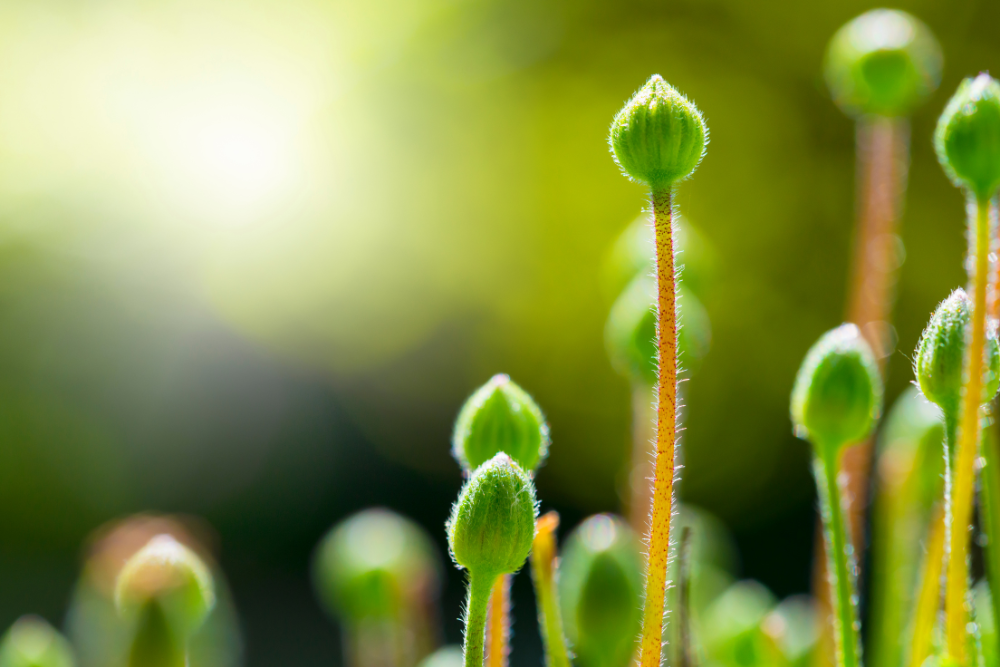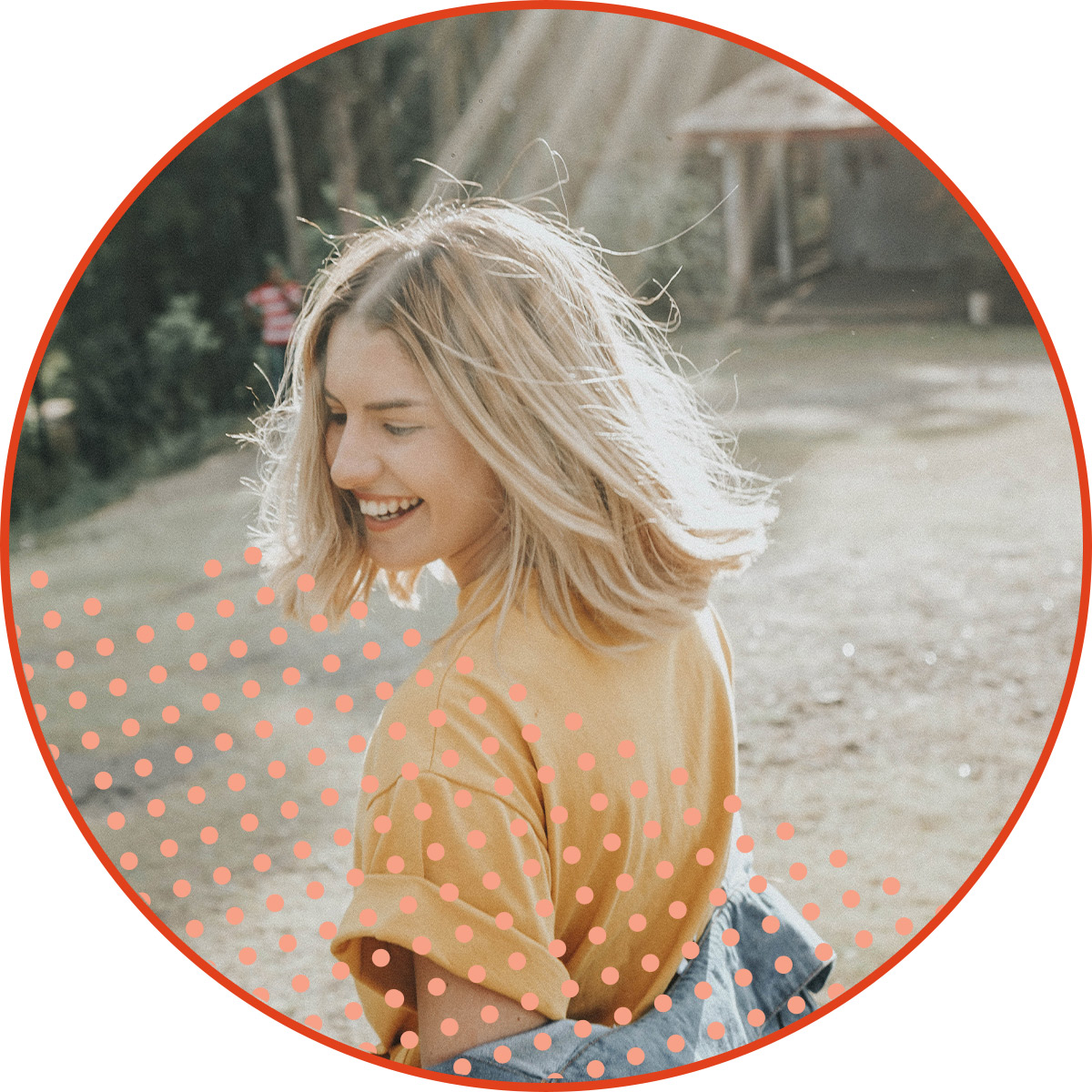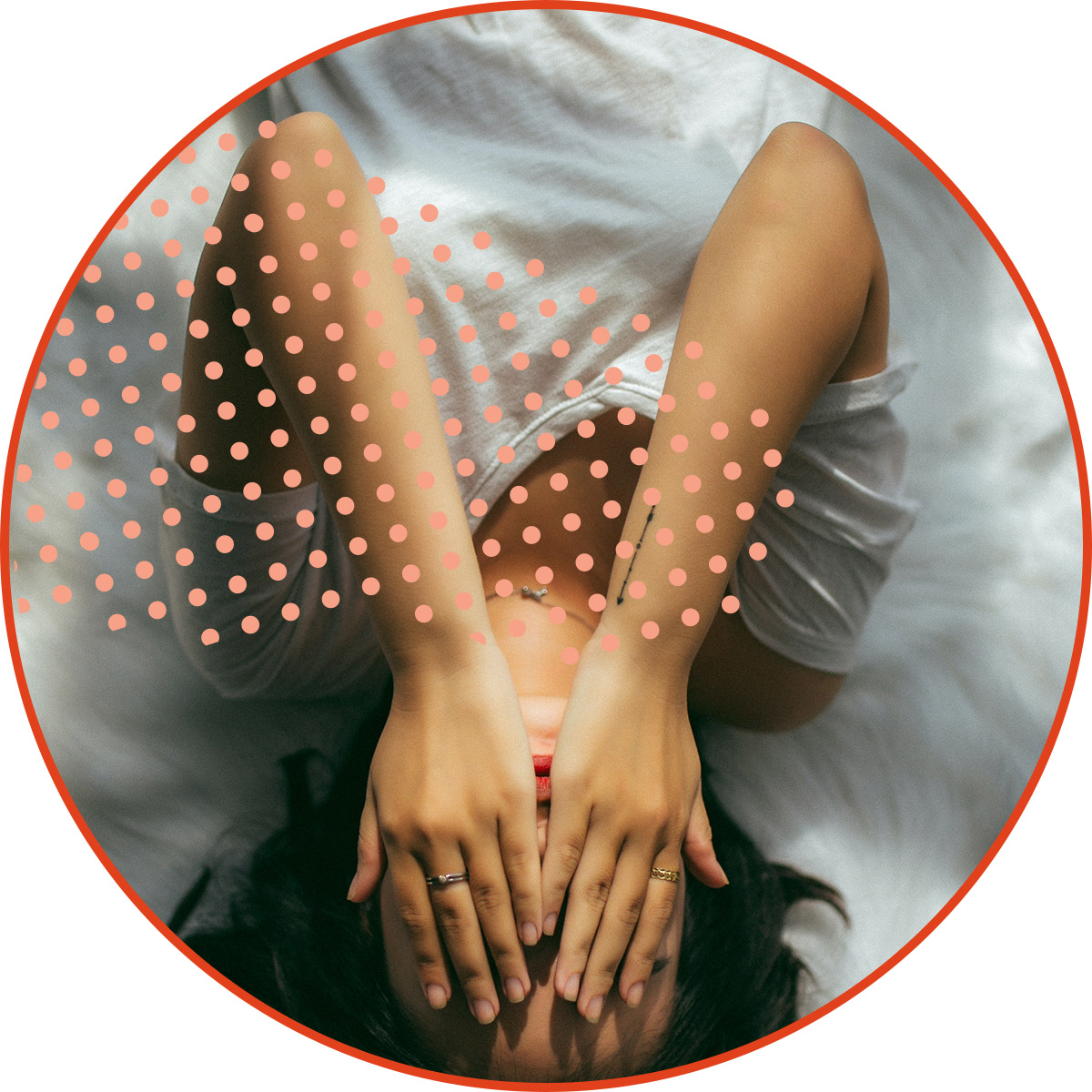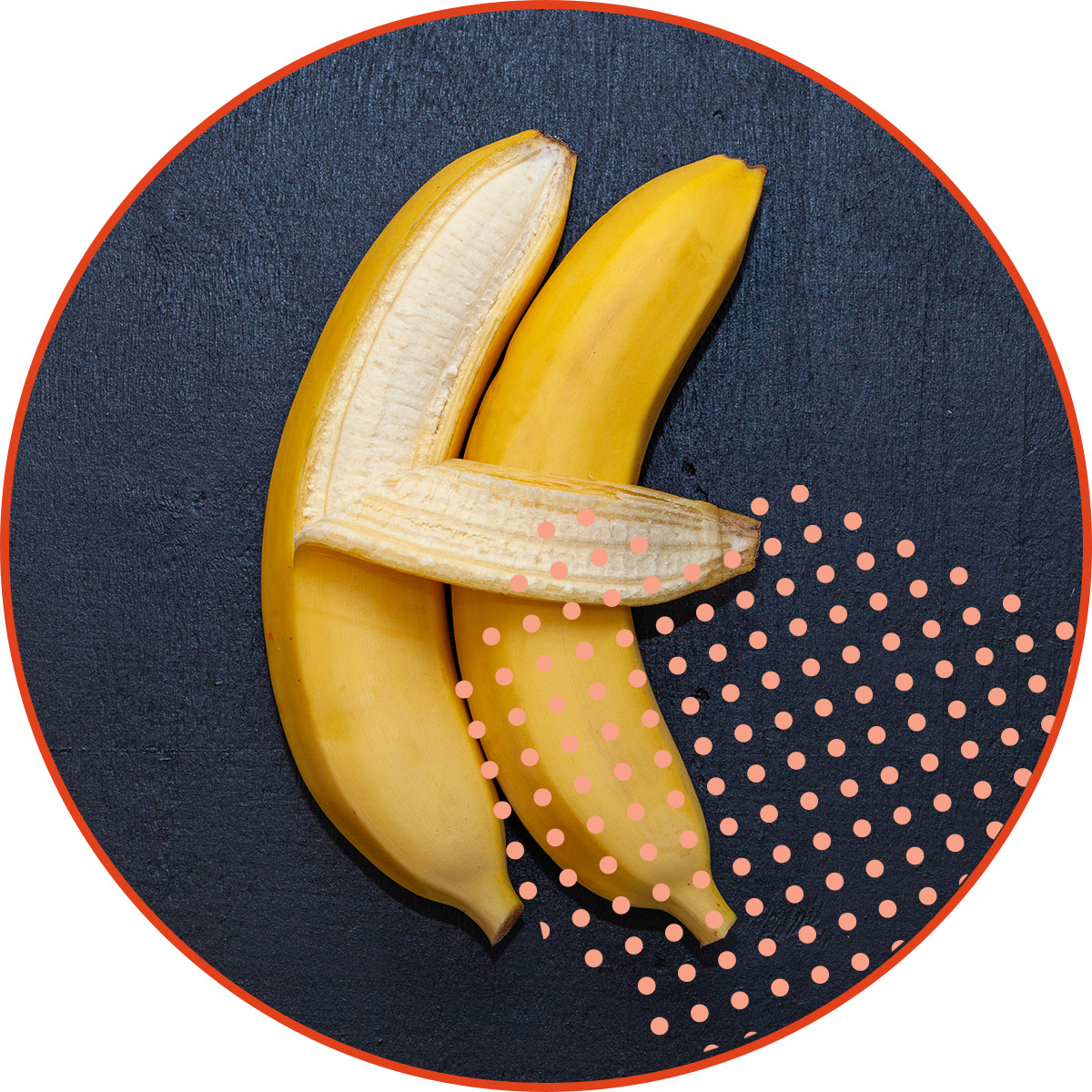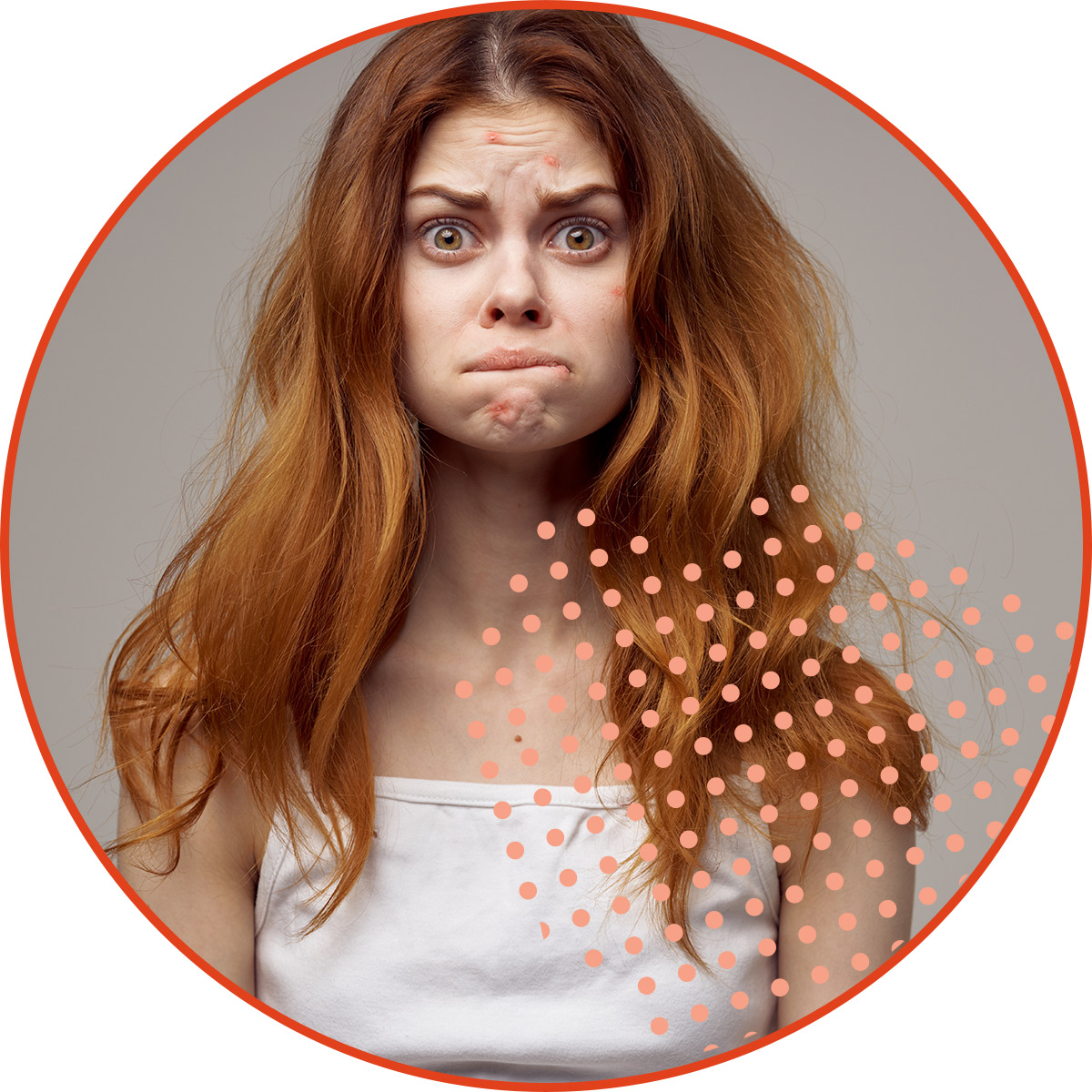I know this is a blog focused on parenting through puberty, but this time, I have an article written directly to young girls. Consider this indirect parenting advice.
I wrote it because kids don’t always tell their parents what they’re worried about. But through Girlology and years of medical practice, I’ve had so many girls express so much anxiety over whether or not their breast development is normal. A little reassurance and education can go a long way toward boosting her confidence and helping her accept her changing body.
So read this yourself (to gain some insight into what she may worry about) and let her read it to get some direct reassurance and facts. These are things I wish all parents would share with their daughters – so they KNOW MORE & FEAR LESS. If your daughter has budding breasts, we also have an entire class for her that covers even more – including tips on bras and bra shopping. You can find it HERE.
______
Growing breasts is just a normal part of puberty, but for something so normal, breast development can raise a lot of questions.
🤷🏻♀️ “When will they grow?”
🤦🏽♀️ “When will they stop growing?”
🙋🏼♀️“Are mine normal?”
From all the questions that young people ask us about breast development, it’s obvious that this part of growing up can be exciting, worrisome, and even annoying – all at the same time! It’s exciting because growing breasts means you are growing up and your body is doing what it is supposed to do. The worrisome parts can be made a lot better by understanding what’s normal and what to expect. And the annoying part? Well, having breasts takes a little getting used to, but there are some things you can do to make them less bothersome.
How they start
When your breasts begin to grow, you might not SEE the growth as much as you FEEL it. Your nipples can be sore or tender to touch. Often, it’s just one side. That means things are starting!
If you notice pain in or behind your nipple, you might also be able to feel a firm bump underneath it. The bump is called a breast bud and it can be as small as a blueberry or a little bigger. The bump under your nipple will make the dark skin that surrounds the nipple (called the areola, uh REE uh luh), look puffy or bigger. The combination of your nipple, areola and the bump underneath it is called a breast bud. That’s how it all begins – with a bud.
Pain?
It’s perfectly normal for one or both buds to hurt or feel tender. Once the budding begins, your breasts will go through growth spurts just like the rest of your body does. As your breasts grow, you will probably have pain or tenderness again. Just like you can have growing pains in your legs, your breasts will have some growing pains too.
If your nipples feel sensitive or raw, make sure you wear soft fabrics over them. Sometimes, even t-shirts can feel too rough against sore nipples. If your breasts hurt when you run or move, a regular bra can help, but a sports bra can do a better job of holding your breasts snuggly to your body so they don’t jiggle when you’re active. And if they still hurt, it can help to place a warm heating pad or cloth over them.
Once your breasts have been growing for a year or two, you may have a new kind of pain that is caused by hormone changes that will happen once you start your period (we have lots of information on periods HERE). This breast tenderness happens because of the hormones that cause your period. Usually the tenderness starts a few days before your period starts, and it goes away after a few days to a week.
Finally, as you go through puberty, just like you need bigger clothes for your growing body, you will also need bigger bras as your breasts grow. A well-fitting bra is important for your comfort, so make sure you get help finding the right fit. Believe it or not, there are actually expert bra fitters in some department stores and stores that specialize in underwear and bras.
Lopsided?
It’s also perfectly normal to have a bud on just one side. Sometimes both of your breasts will “bud” together, but usually, one side starts first, then the other side starts a few weeks to a few months later and catches up in size. Don’t be surprised if one breast stays a little larger than the other. That’s typical. Our bodies aren’t exactly the same on each side. Just like one foot is usually a little bit bigger than the other, one breast is usually a little different than the other. Once your breasts are finished growing, they will be pretty close to the same size.
Bumps and Lumps?
When breasts buds form, some girls worry that the knot or lump under the nipple is a sign of breast cancer. It’s important to know how your breasts grow so you don’t worry. Breast buds are not cancer, and breast cancer doesn’t happen when you are a pre-teen or teen. In fact, it is very very rare for breast cancer to happen to anyone under the age of 30.
There are other breast lumps and bumps that you might notice as you develop. Some people will grow small bumps (a little bigger than a pimple) on the areola. These are glands that make oils to keep your nipples soft. They are common, but not all girls have them.
There may also be smaller bumps (the size of goosebumps) with thick, curly hairs growing out of them. Some girls, especially those with darker hair, will grow hairs around the areola. The bumps that the hairs grow out of are called hair follicles, and they are normal, too. Some people have hair around their nipples, some don’t.
Once your breasts have grown beyond buds, you may find that your breast tissue feels lumpy all over. And guess what? Don’t worry. Most breasts have tiny lumps everywhere caused by the glands that can produce milk. The glands are small, but you may be able to feel them. You know how cottage cheese has little lumps throughout? Normal breast tissue is kind of like that – little, soft lumps all over that you can’t see through the skin, but you can barely feel.
Stretch Marks
During puberty, you will do some pretty fast growing. Sometimes your body grows so fast that your skin has trouble stretching fast enough to keep up. When that happens, you might see “stretch marks.” Stretch marks start as red to purple lines on the skin, and eventually fade to a more natural skin color. They are most common on breasts, hips, and upper thighs. You can’t stop stretch marks on your breasts, not even with expensive “stretch mark” creams and lotions, but a bra that fits well can keep them from getting worse.
Early and Late blooming
It’s normal for breasts to start growing as young as seven years old or as late at twelve. If you’re on the young side, it can seem like they are growing too fast, too soon. Just because you develop early doesn’t mean your breasts will keep growing and be giant. And if you are the last one of your friends to grow breasts, it doesn’t mean they will be small. Breast size is determined by the genes you inherit from your mother and father, not by your age. The timing of your development also depends on your ancestors. Either way, being the one of the first or last to develop can feel awkward.
It’s important to remember that your body knows what to do and will do it at the right time for you. Throughout the preteen and teen years, you will continue to grow and change shape. Remember that you will grow on your own unique schedule, and you will have your own unique look and shape. Do your best to trust your body and take care of it so it can help you accomplish all the great things you are capable of doing!
If you have other questions about breast development, feel free to leave them in the comments. Just remember- we can’t answer personal health questions or give individual medical advice.
Did you know that Girlology also offers grade-by-grade, on-demand, video playlists to support her and you — on all things girls' health? Learn More Here.

